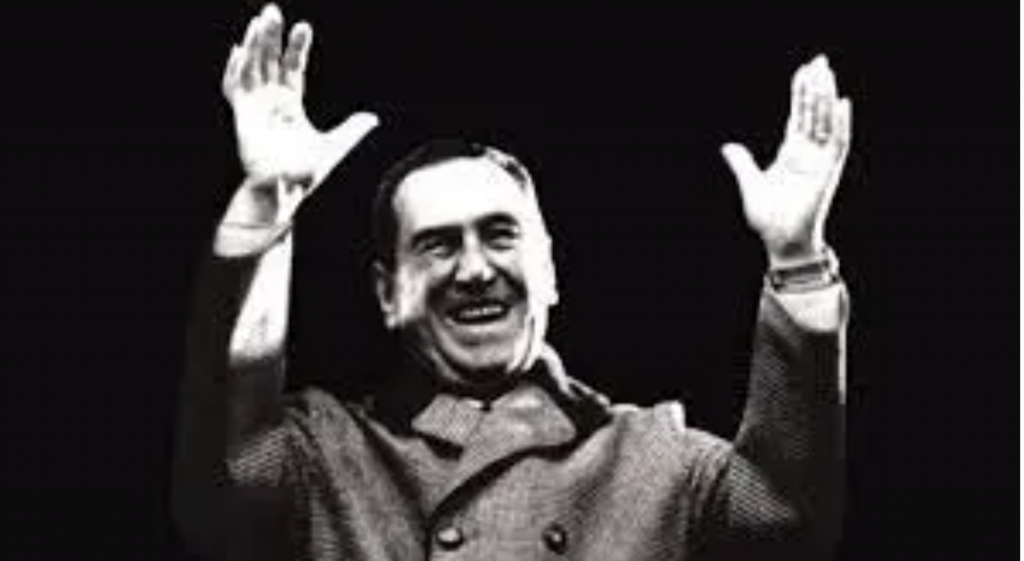
The transition era occurred between the years 1943-55, and in this period, the Argentine military governments encountered numerous challenges in this era of war. They were unable to decide whether to takes sides or remain neutral in the war. Additionally, they couldn’t choose whether to install a long-term dictatorial military or representative system. Arturo Rawson’s efforts towards advocating the United Nations and anti-conservative stance did not win any support from the military and as a result. He resigned two days later as the president. General Rawson got replaced by Pedro Ramirez, who maintained neutrality in the war. In his leadership era, he received tremendous opposition from various political groups against his neutrality in war. He only received support from the fascist sympathizers and the nationalist right-wing. Ramirez got removed from power due to a coup when Germany and the United States rose intensely. Edelmiro Farrel replaced him in the year (1944-46) and his regime was significant in the birth of the representative democracy.
Juan Peron took over as the United Officer Group (GOU) in the year 1941. He immensely helped push for a welfare program besides urging the employees to provide fair settlements for their employees. Peron also ensured that the employees guaranteed their severance and retirement payments. By 1945, Peron got elected as the vice president besides being the minister for war. He later won presidential elections in 1946 despite his political labor party resisting most old parties. Peron developed economic policies for Argentina, and by the year 1948, he had achieved significant success in building the country’s economy. This financial success attributed to the tremendous success of agrarian exporters was booming during and after the war. The constitutional amendments allowed Peron to conduct presidential campaigns again in 1951, where and got elected as the president (Bercoff, 2019). However, Peron received resistance from students and the church, which made him overthrown in government in 1955 by Eduardo Lonardi.
Works cited
Peron, A History. https://www.telesurenglish.net//analysis/Peron-A-History-20141110-0037.html. Accessed 27 Apr. 2021.
